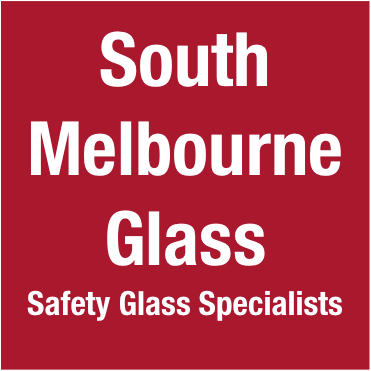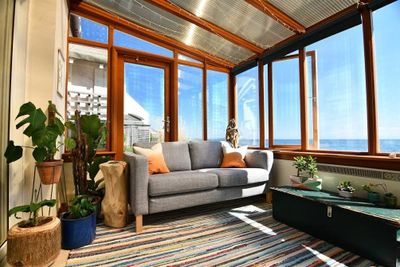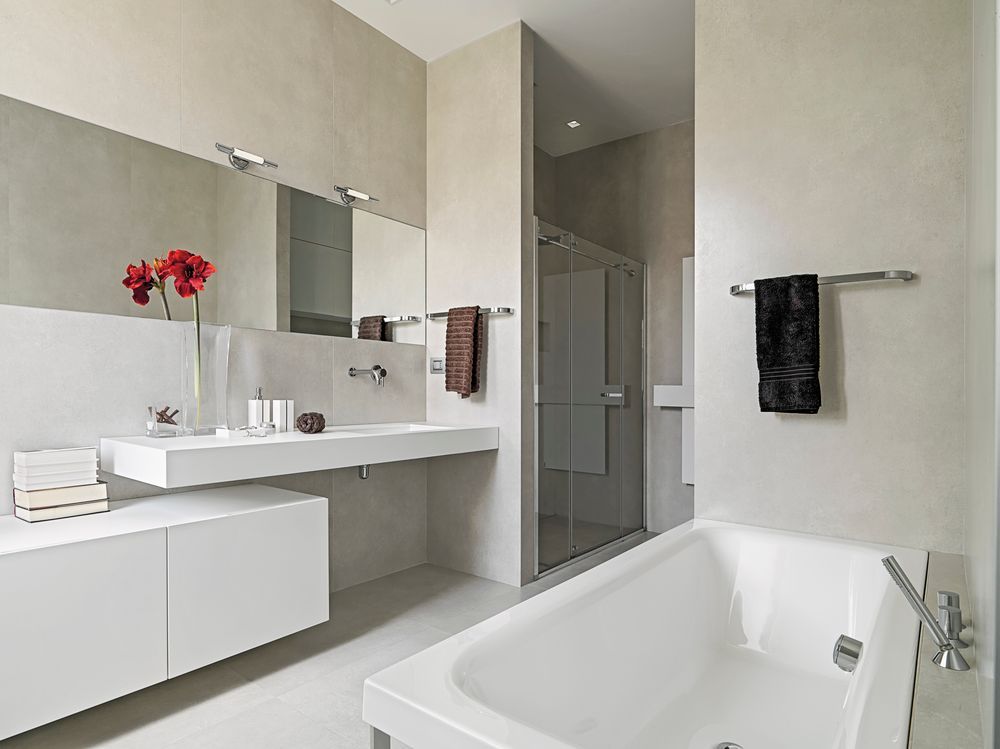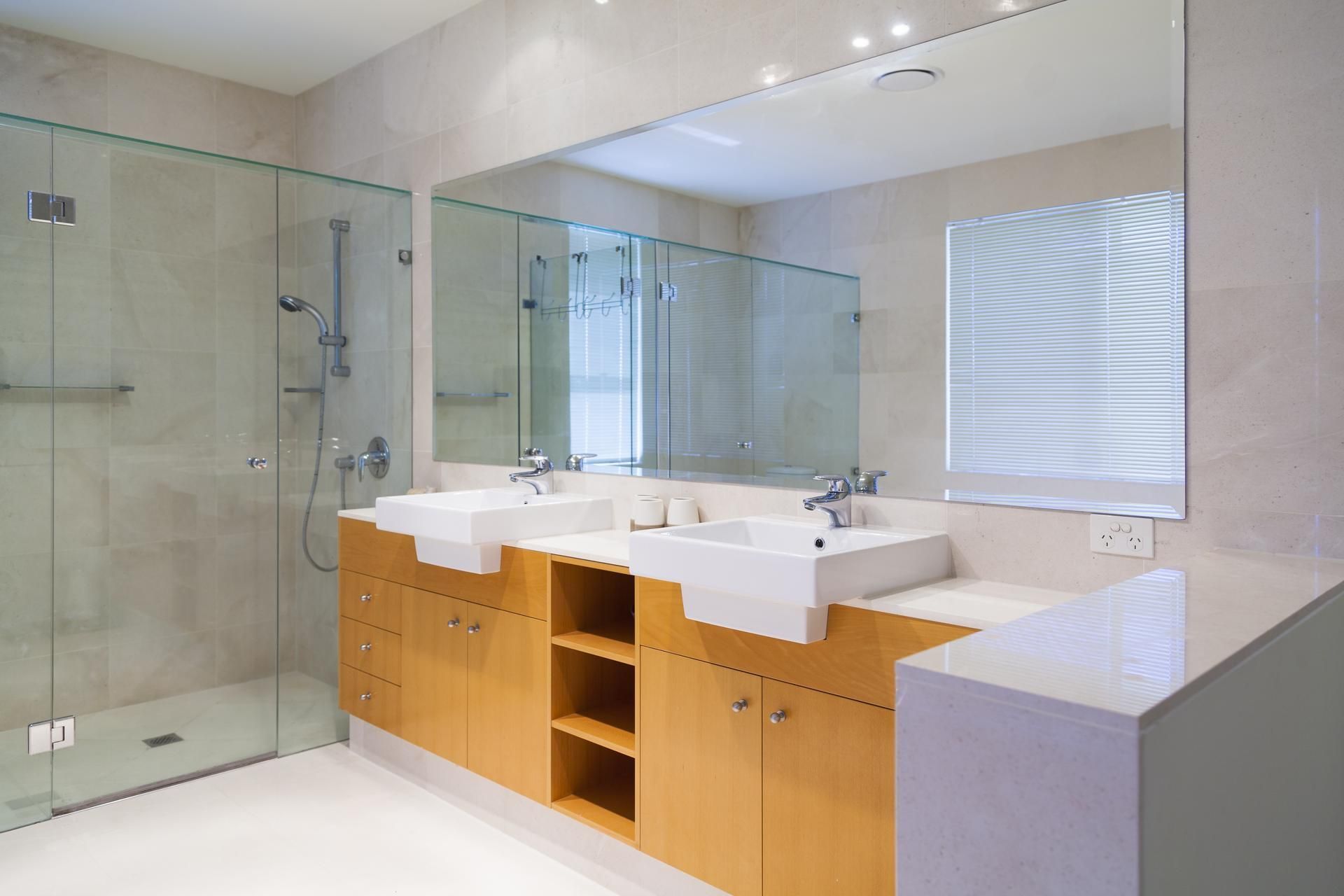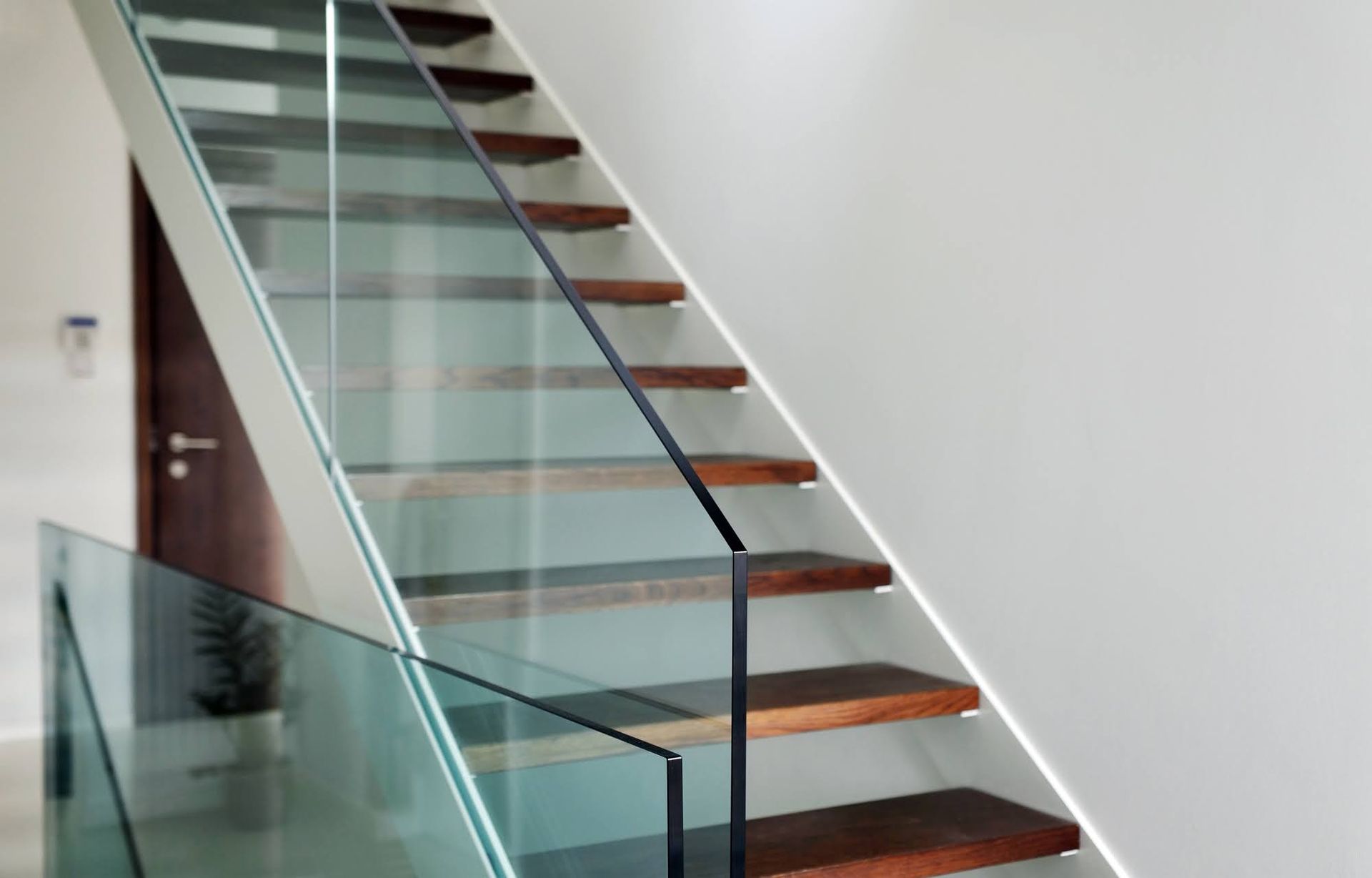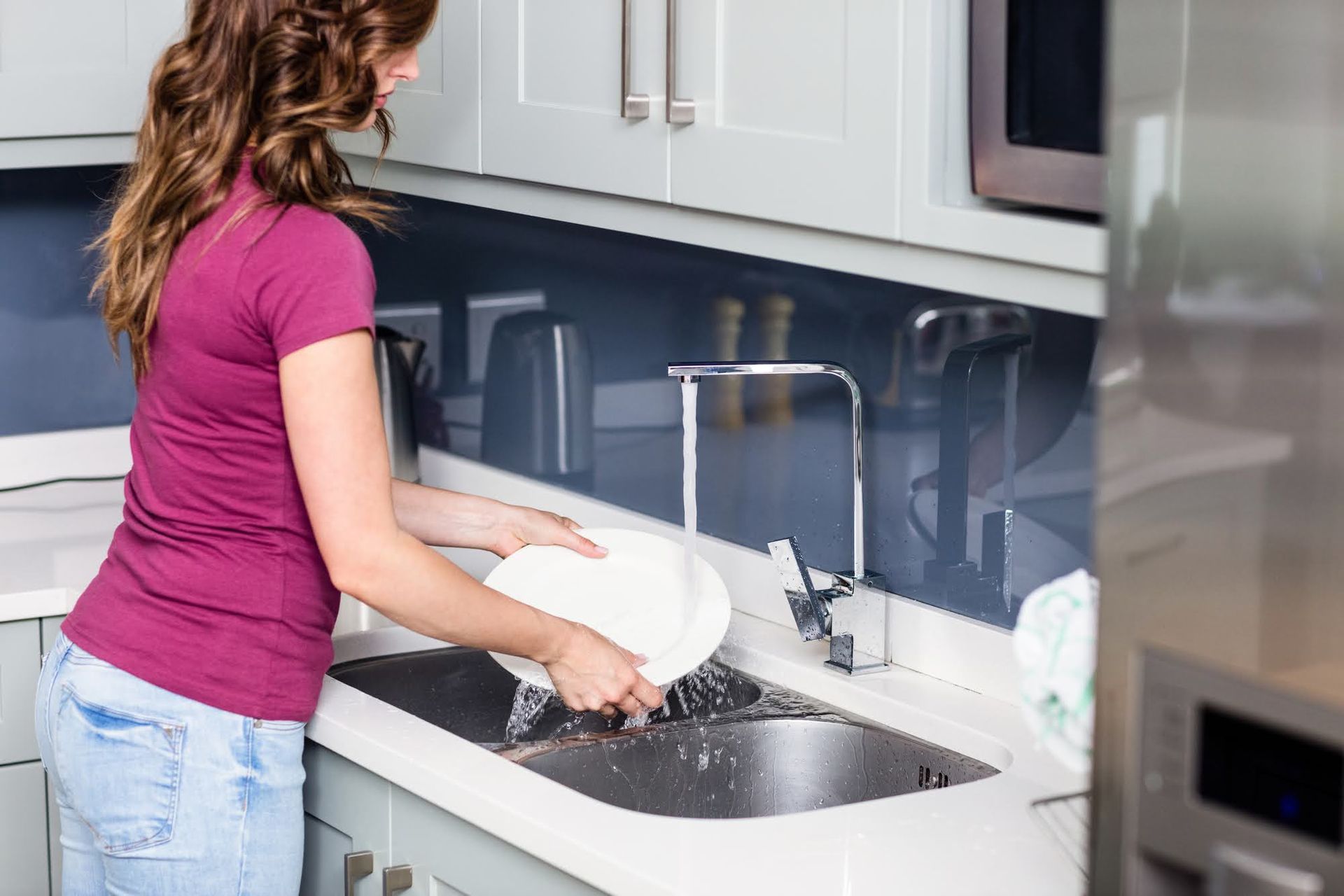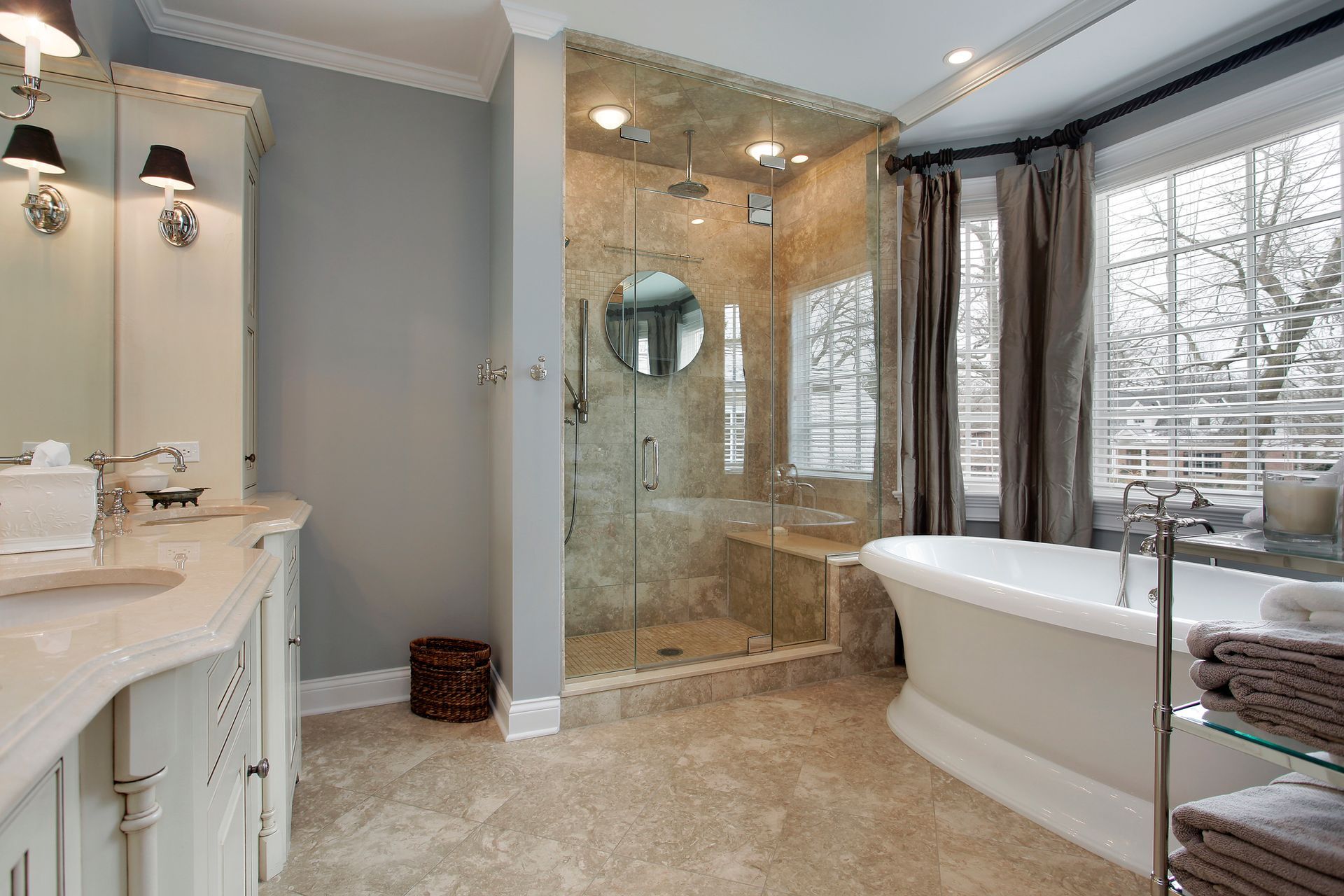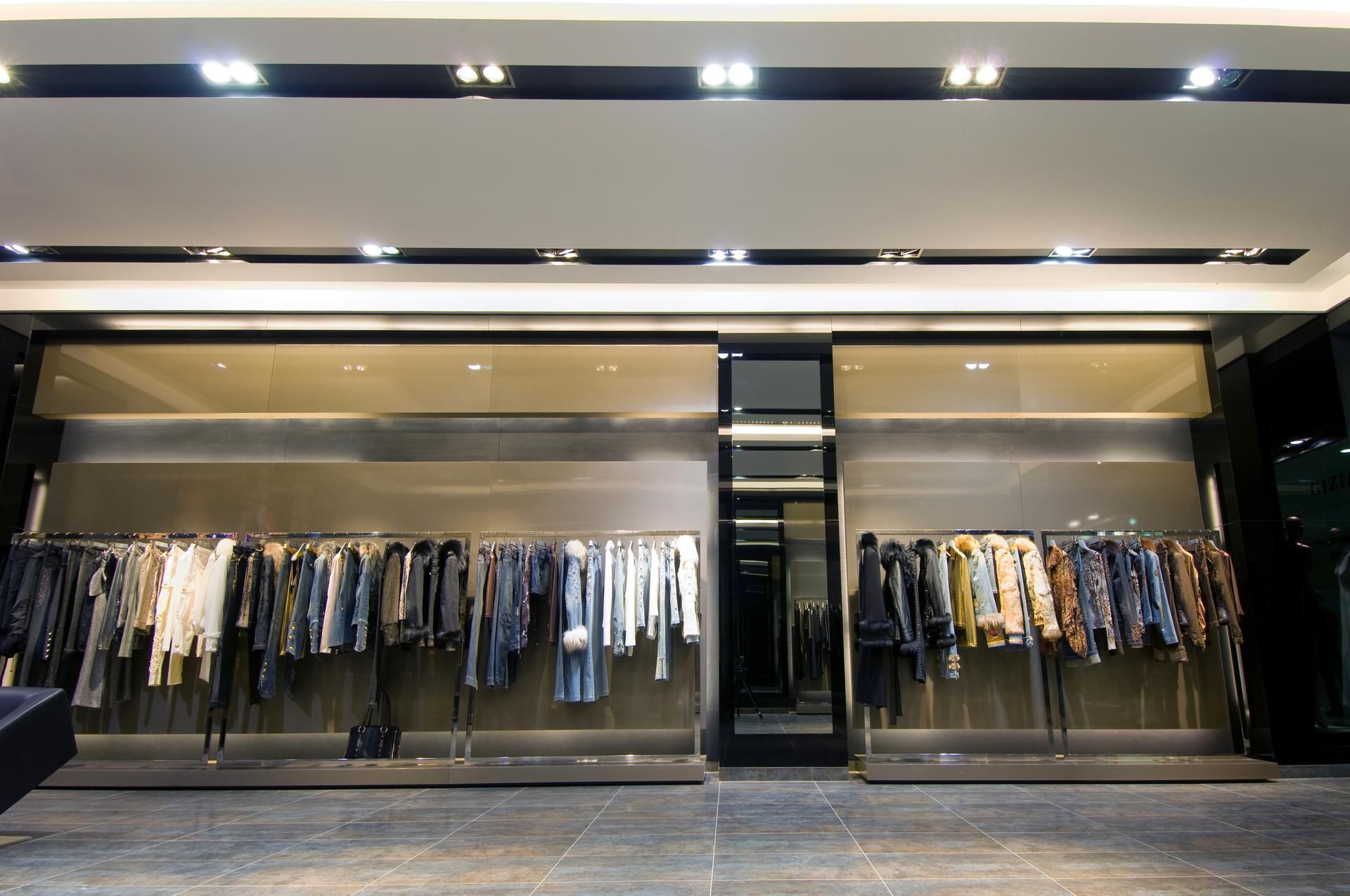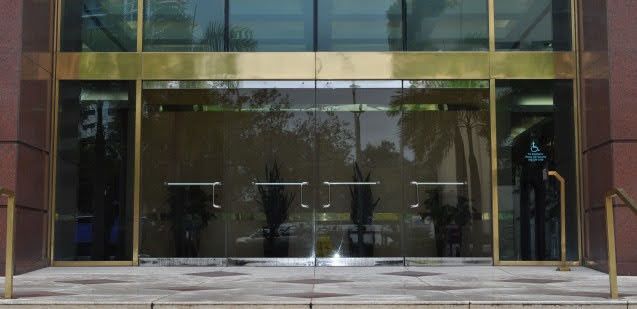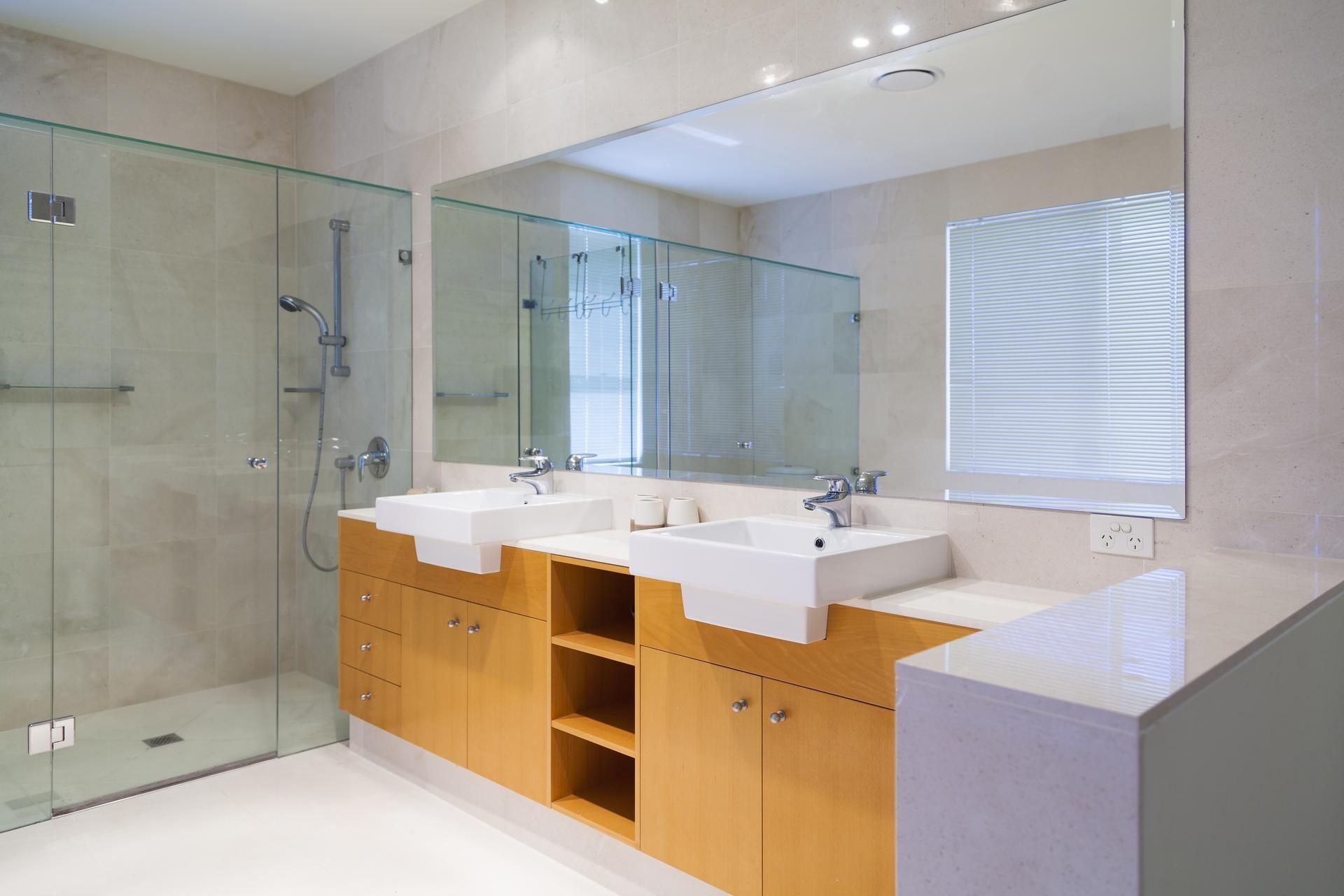2 GLAZING OPTIONS TO INCREASE ENERGY EFFICIENCY
For many Australian homeowners, creating a sustainable and energy efficient home is a high priority. The two main reasons for this are the increased understanding of how energy consumption negatively impacts the environment and the ever-increasing cost of electricity and gas. These two factors are big current issues and are only likely to become even more pressing in the years to come.
Extreme weather events, which have impacted both Victoria and the nation, have seen soaring heatwaves and unusually cold winters. This means that making your home more energy efficient can help to mitigate the costs associated with an increased need for heating and cooling during these periods of extreme weather.
Despite many new innovations and government regulations regarding energy efficient homes, windows remain a huge offender when it comes to energy conservation. Windows are responsible for around 40 percent of heat loss and 87 percent of heat gain during cold and hot weather respectively, according to the Australian Window Association.
Updating the glazing in your windows is a great way to deal with this problem, and here are two glazing options that will make a huge difference.
1. Double Glazing
Double glazing has been used by many homeowners as a way of preventing heat transfer in homes. However, it is still often underutilised despite the enormous benefits it provides. Double glazing can reduce the amount of heat lost and gain through your windows by 30 percent, which is a fairly significant amount.
As the name suggests, double glazing is made from two panes of glass instead of a single pane. The key to its effectiveness is the air pocket that sits between the two panes of glass, which acts as an insulating layer. To increase the level of insulation an inert gas can be injected into the air pocket.
There is no question that double glazing is more expensive than traditional single glazing. However, the extra cost is mitigated by the continued savings you’ll make on your energy bills over the coming years. Double glazing will also increase the value of your home and make it more attractive to future buyers if you decide to sell it in the future.
2. Low-E Glass
Another excellent glazing option for creating a more energy efficient home is Low-E glass. Low-E stands for low emmissivity and refers to the ability of a surface to radiate heat. Low-E glass has a coating on it that decreases its emmisivity and helps to prevent heat loss and gain via the windows of your home.
As a stand-alone glazing feature, low-E glass is a very effective way to increase the energy efficiency of your home. It can reduce heat transfer by up to 30 percent, which is comparable in effectiveness to double glazing. When it’s used in conjunction with double glazing, the combined reduction in heat transfer can be up to 77 percent, which represents a massive saving in energy requirements.
For double paned windows, the effectiveness of low-E glass depends on which surface the coating is applied to in relation to the climate that you live in:
- For hot climates, the coating should be on the interior surface of the exterior glass pane to repel heat.
- In climates with very cold weather, the coating should be on the internal pane facing outdoors to prevent internal heat from escaping outwards.
Single pane windows should always have the coating on the inside.
At South Melbourne Glass, we understand the important role that glazing plays in creating a more sustainable and energy efficient home. We can help you to choose products that will meet your needs perfectly. Contact our friendly team to find out more about updating the glazing in your home.
